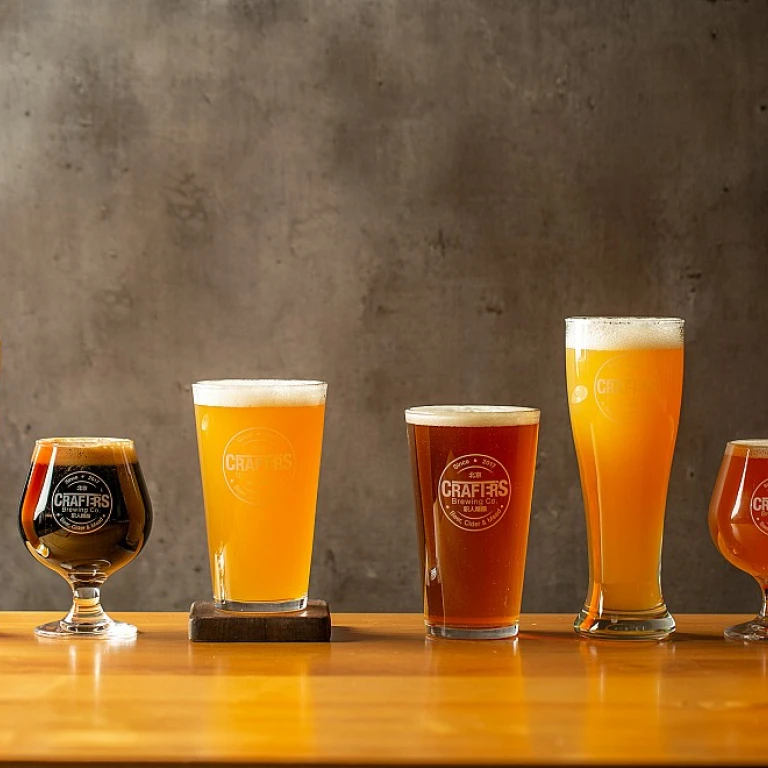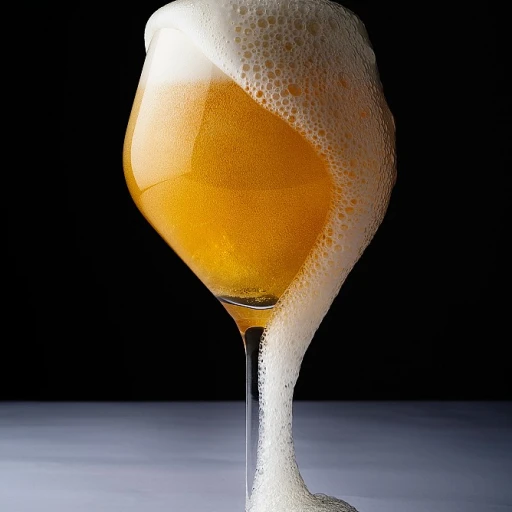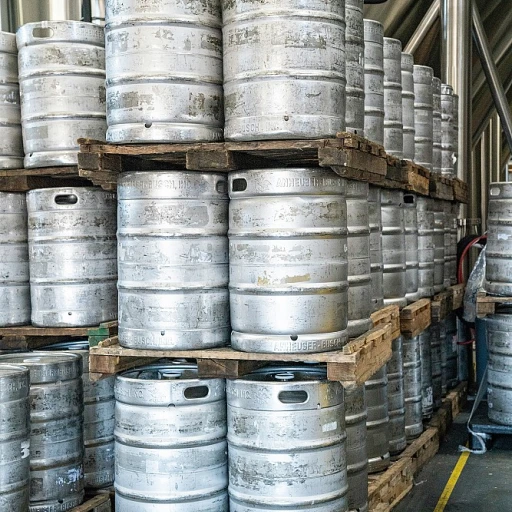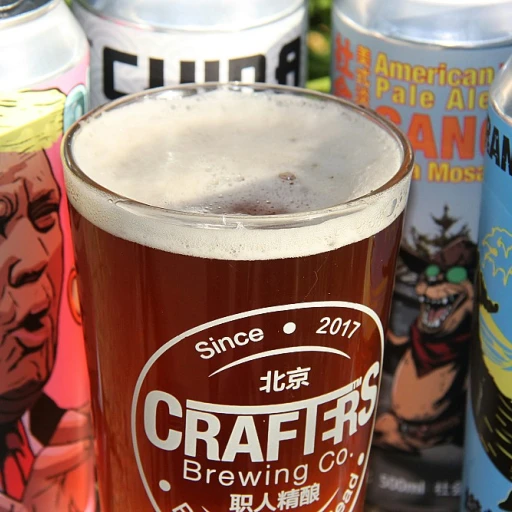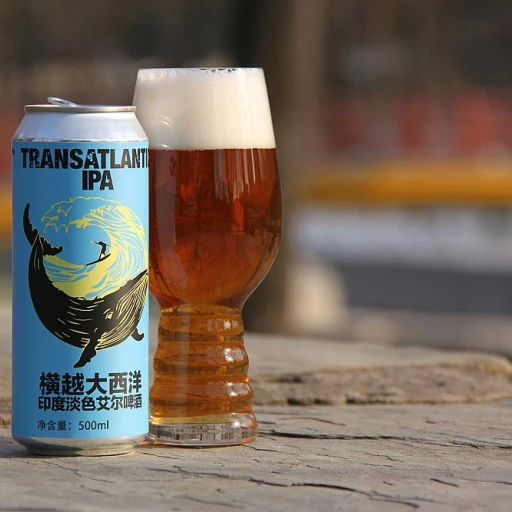
What makes white ipa stand out
A fusion of styles: what sets this IPA apart
White IPA is a unique hybrid that brings together the best of two beloved beer styles: the hop-forward intensity of American IPAs and the refreshing, citrusy character of Belgian-style witbiers. This combination results in a beer that’s both aromatic and lively, with a flavor profile that stands out from traditional IPAs or wheat beers.
- Appearance: Expect a hazy, pale golden color with a fluffy white head, reminiscent of classic witbier.
- Aroma: The nose is a vibrant mix of citrus, spice, and floral notes, thanks to the blend of American hops and Belgian yeast.
- Flavor: On the palate, you’ll find a balance of zesty orange peel, coriander, and a punch of hop bitterness, making each sip both refreshing and complex.
- Mouthfeel: Typically light to medium-bodied, with a crisp, effervescent finish that invites another sip.
This style is perfect for those who enjoy the boldness of IPAs but crave something a little more refreshing and nuanced. If you’re curious about how White IPA compares to other hop-forward beers, take a look at this County Line IPA review for more insight into the IPA family.
In the next section, we’ll look at what goes into brewing a White IPA, from the choice of malts and hops to the special yeast that gives it its signature twist.
Brewing a white ipa: ingredients and process
Key ingredients for a unique profile
White IPA brings together the best of two worlds: the zesty, refreshing qualities of a Belgian-style witbier and the bold, aromatic hop character of an American IPA. The foundation starts with pale malts, often blended with wheat malt or unmalted wheat. This addition gives the beer a hazy appearance and a smooth, creamy mouthfeel.
- Hops: American or New World varieties like Citra, Amarillo, or Mosaic are popular, lending citrus, tropical, and floral notes.
- Yeast: Belgian yeast strains are used for their signature spicy and fruity esters, setting white IPA apart from other IPAs.
- Spices: Traditional witbier spices such as coriander and orange peel are often included, adding complexity and a refreshing twist.
Brewing steps for a balanced blend
The brewing process for white IPA is all about balance. After mashing the grain bill to extract fermentable sugars, brewers add hops at different stages to achieve both bitterness and aroma. Spices are typically added late in the boil or during fermentation to preserve their delicate flavors. Fermentation with Belgian yeast brings out the signature fruity and spicy notes, while careful temperature control ensures a clean finish.
For those interested in the technical side or looking for inspiration, you might enjoy reading about Neshaminy Creek's County Line IPA in cans, which highlights the importance of hop selection and brewing technique in creating standout IPAs.
Homebrewers often experiment with different hop and spice combinations, making each white IPA a unique experience. The result is a beer that’s bright, aromatic, and endlessly refreshing—perfect for those who appreciate both tradition and innovation in their glass.
Ipa white vs. hazy ipa and witbier: what’s the difference
Comparing white IPA, hazy IPA, and witbier: what sets them apart?
White IPA, hazy IPA, and witbier may look similar in the glass, but each brings its own character to the table. Understanding their differences can help you choose the right beer for your taste or occasion.
- White IPA blends the zesty, spicy notes of Belgian-style witbier with the bold hop aroma and bitterness of an American IPA. Expect a light body, citrusy flavors, and a refreshing finish.
- Hazy IPA (sometimes called New England IPA) is known for its juicy, fruit-forward hop profile and cloudy appearance. The bitterness is usually softer, with a smooth mouthfeel and flavors like mango, pineapple, and orange.
- Witbier is a classic Belgian wheat beer, often brewed with coriander and orange peel. It’s lighter in hops, focusing more on spice and citrus, with a creamy texture and gentle sweetness.
While white IPA borrows the wheat and spice from witbier, it stands out with its hop-forward personality. Compared to hazy IPA, white IPA is typically lighter and more refreshing, with a unique blend of yeast-driven spice and hop aroma.
If you’re curious about the nutritional side of beer styles, check out this honest info for beer lovers about calories in popular beers.
Tasting notes and pairing ideas for white ipa
What to expect in your glass
White IPA pours with a hazy, pale golden color and a lively, foamy head. The aroma is a vibrant mix of citrusy hops and subtle spice, thanks to the blend of American IPA and Belgian witbier influences. You might notice notes of orange peel, coriander, and a gentle wheat sweetness layered with grapefruit, pine, or tropical fruit from the hops.Flavor profile and mouthfeel
The first sip brings a refreshing balance of zesty citrus, herbal spice, and a soft, bready malt character. The wheat base gives a smooth, creamy mouthfeel, while the hops add a crisp, slightly bitter finish. The yeast often contributes hints of clove or pepper, making each sip complex yet easy to enjoy.Pairing ideas for white IPA
- Grilled seafood, like shrimp or white fish, to complement the citrus and spice notes
- Fresh salads with citrus vinaigrette or goat cheese
- Spicy dishes, such as Thai curry or Mexican tacos, where the beer’s refreshing profile cools the heat
- Soft cheeses, including brie or camembert, for a creamy, harmonious pairing
- Light desserts, like lemon bars or fruit tarts, to echo the beer’s bright flavors
Serving tips
For the best experience, serve white IPA slightly chilled in a tulip or stemmed glass. This helps capture the aromatic complexity and showcases the lively carbonation. Swirl gently to release the full bouquet of hops and spice before sipping.Breweries and homebrewers: sharing white ipa recipes and tips
Popular breweries putting their spin on white IPA
Many craft breweries have embraced the white IPA style, each adding their own creative twist. Some focus on bold citrus and spice notes, while others highlight the refreshing wheat base. Look for seasonal releases and limited editions from your favorite local breweries—these often showcase unique hop combinations or special yeast strains.Tips for homebrewers eager to try white IPA
If you’re a homebrewer, white IPA is a rewarding style to experiment with. Here are a few tips to get started:- Use a blend of wheat malt and pale malt for a hazy, soft body.
- Choose Belgian or witbier yeast to bring out subtle spice and fruit notes.
- Opt for American or New World hops with citrus and tropical aromas.
- Consider adding orange peel or coriander for extra complexity.
- Keep fermentation temperatures moderate to avoid overpowering esters.

